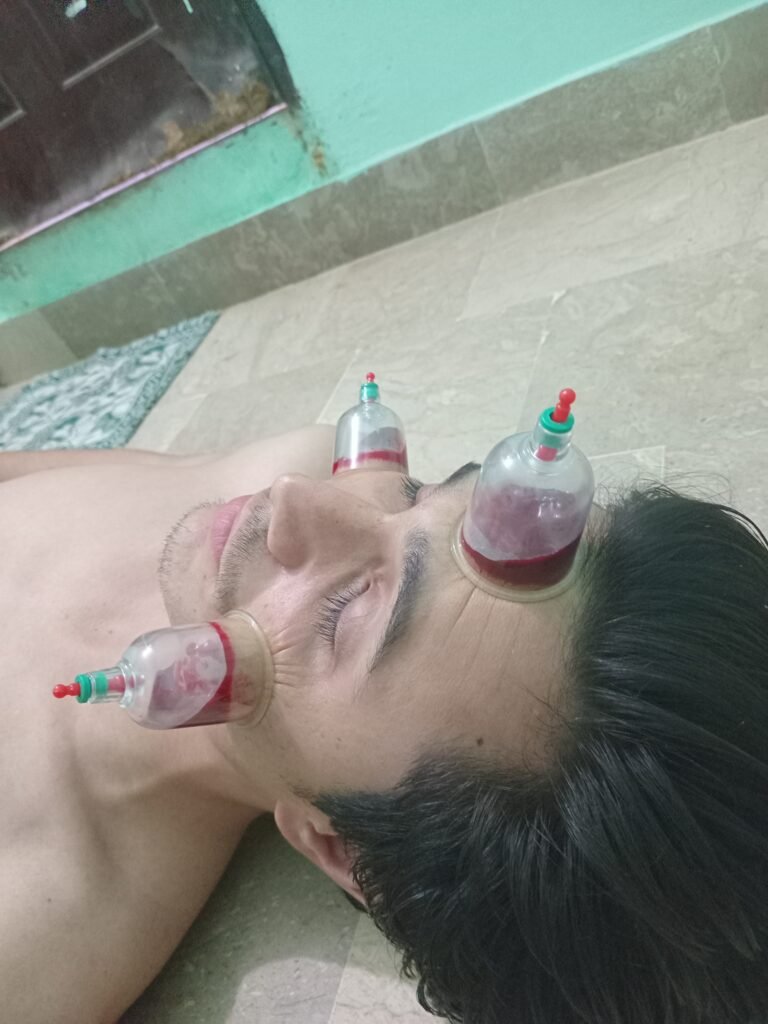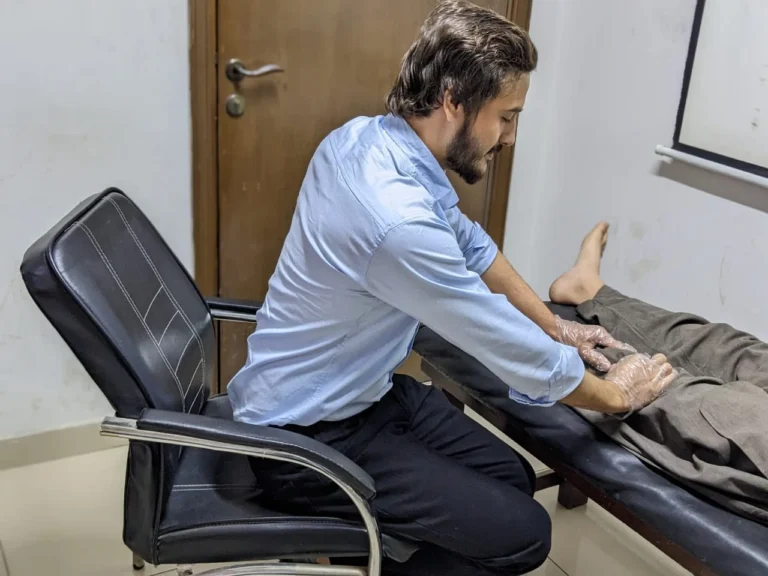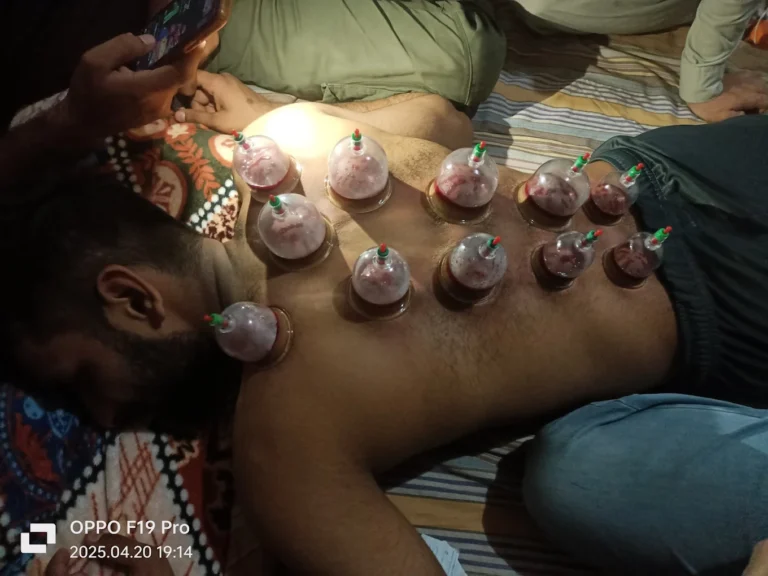
Hijama for Face: A Natural Path to Radiant, Youthful Skin
In the ever-evolving world of skincare, ancient remedies like Hijama (cupping therapy) are making a powerful comeback. While traditionally used for pain relief and detoxification, facial Hijama is now gaining popularity for its remarkable benefits in skin rejuvenation, anti-aging, and overall complexion improvement. But what exactly is facial Hijama, and how does it work? Let’s explore this natural, non-invasive treatment in detail.
What Is Facial Hijama?
Facial Hijama, also known as facial cupping, is a specialized form of cupping therapy that focuses on the delicate skin of the face, neck, and décolletage. Unlike traditional Hijama (which may involve small incisions for wet cupping), facial cupping is typically dry, meaning no blood is drawn. Instead, small silicone or glass cups create gentle suction to stimulate blood flow, lymphatic drainage, and collagen production .
How Does It Work?
The process involves:
- Cleansing – The skin is prepped with a light oil to help cups glide smoothly.
- Cupping – Small cups are placed on key areas (forehead, cheeks, jawline) and moved in gentle, upward motions.
- Stimulation – The suction lifts the skin, increasing circulation and promoting toxin removal .
Benefits of Facial Hijama
1. Boosts Blood Circulation & Radiance
The suction effect enhances oxygen-rich blood flow, giving the skin a natural glow and reducing dullness .
2. Reduces Fine Lines & Wrinkles
By stimulating collagen and elastin production, facial cupping helps soften wrinkles and improve skin elasticity .
3. Minimizes Puffiness & Dark Circles
The therapy drains lymphatic fluid, reducing under-eye bags and puffiness for a fresher look .
4. Improves Skin Texture & Tone
Regular sessions can refine uneven pigmentation, smooth acne scars, and even out skin tone .
5. Enhances Product Absorption
Post-treatment, the skin becomes more receptive to serums and moisturizers, maximizing their effects .
Is Facial Hijama Painful or Risky?
- Pain Level: Most describe it as a mild pulling sensation—not painful .
- Side Effects: Temporary redness or slight bruising may occur but fades quickly .
- Safety: Avoid if you have rosacea, active acne, or blood disorders .
How Often Should You Do It?
- Beginners: 1 session per week for the first month.
- Maintenance: 1-2 sessions monthly for lasting results .
DIY vs. Professional Treatment
While at-home kits are available, professional treatments ensure proper technique, hygiene, and optimal results .
Final Verdict: Is Hijama Good for the Face?
Yes! When performed correctly, facial Hijama offers a holistic, chemical-free approach to glowing, youthful skin. Whether you’re battling acne scars, aging signs, or dullness, this ancient therapy could be your skin’s best-kept secret .
Ready to Try Facial Hijama? Book a session with a certified practitioner Dr Aleem physiotherapist and certified hijama therapist let your skin reap the benefits of this timeless beauty ritual!




